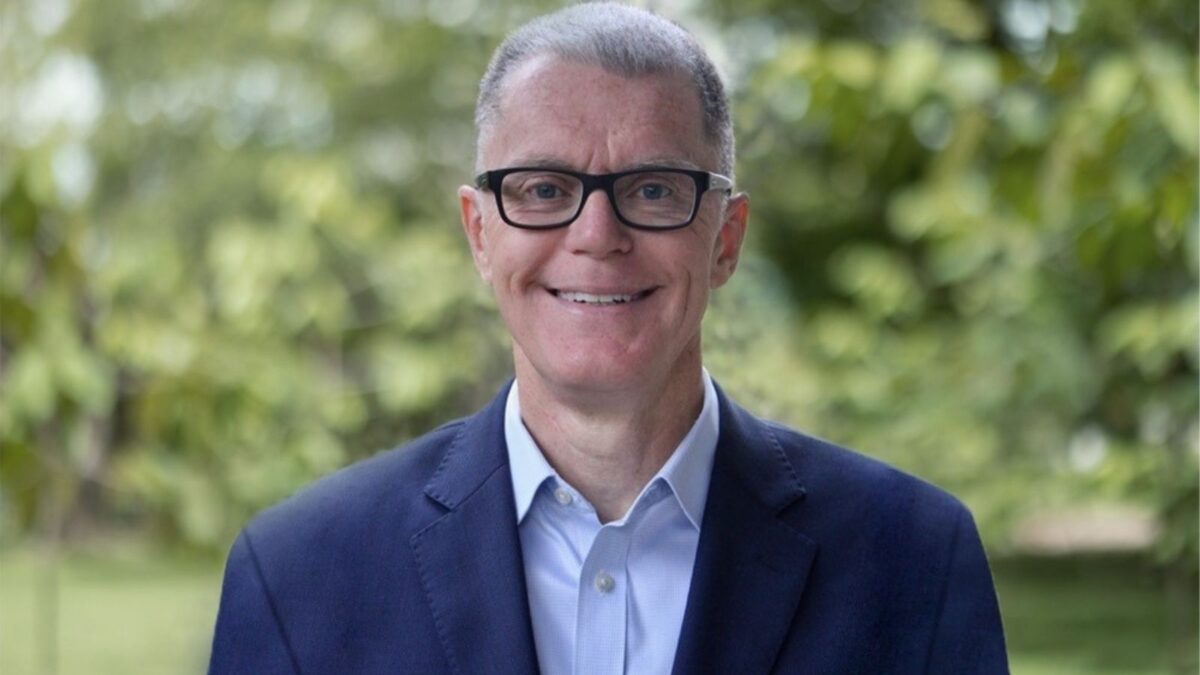Why super funds should think like wealth managers
by Greg Bright
The strong demographic trend to retirement, coupled with structural changes within funds management, is prompting a rethink in the way big super funds handle portfolio risks around the older – and richer – segments of their membership base. FIS Global held discussion groups last week.
At breakfast meetings in Sydney and Melbourne, FIS Global, a big investment systems provider, raised the question: “Should super funds start to think more like wealth managers?”. The question resonated among the senior super fund executives present. It basically hinges on flexibility to tailor strategies and the advice required to understand the clients’ needs.
According to Laurence Wormald, FIS Global’s London-based head of research and buy-side risk, said at the meetings that the Australian super system did not suffer from the problems of under-funding and insolvency, unlike the US and UK. But there were still new and growing pressures.
These had to do with a world of slowing growth and low yields which put pressure on asset managers and asset owners everywhere. The well-known demographic pressure of baby-boomer retirement and people living longer added the different pressure how the system treated its retirees, he said.
Could Australian funds, which had averaged 8-9 per cent returns on a five-year annualized basis, continue to do that, he asked. Or would there be an inevitable decay in returns?
Wormald said that the Australian system – which has the biggest proportion of defined contribution rather than defined benefits membership in the world – already had a high allocation to equities. In Australia, the asset allocation to equities is about 50 per cent, compared with about 25 per cent in the UK and as low as 5-10 per cent for German pension funds.
“If we are thinking about designing products for retirees,” he said. “Maybe we can look at how wealth managers do so… The big super funds, some of which are setting up their own teams, need to understand the different risks people take on in retirement. So, their issue is: how do you create super products that meet the needs of members who are near or in retirement?’
Wade Matterson, practice leader of financial risk management at the big actuarial firm Milliman, said at the Sydney event that the global financial crisis was a “wake-up call” for the industry that retirement required different strategies for members and investors than in their accumulation phase.
Matterson said the consultancy looked at the issue as a three-legged stool:
- the nature of the product, with more focus on the risk that retirees face, such as sequencing risk, interest rate risk and inflation risk.
- advice – with the shift to a fee-for-service model, plus a huge amount of change being driven by technology, “stepping into the void of commissions”, and
- data and engagement, which includes the challenge of getting information about the members to enable the fund to understand and digest it and come up with a plan.
Matterson said that, however, product was not the sole solution to the problem. “Products have to fit within the practices we already have,” he said.
Wormald said: “A lot can happen between the ages of 60 and 98. It is never a good idea to be un-diversified and it is rarely a good idea to be wholly invested in cash… So why do we not allow more tailoring of products to help near-retirement members and those in retirement to allocate their funds according to age, health and personal preferences?”









